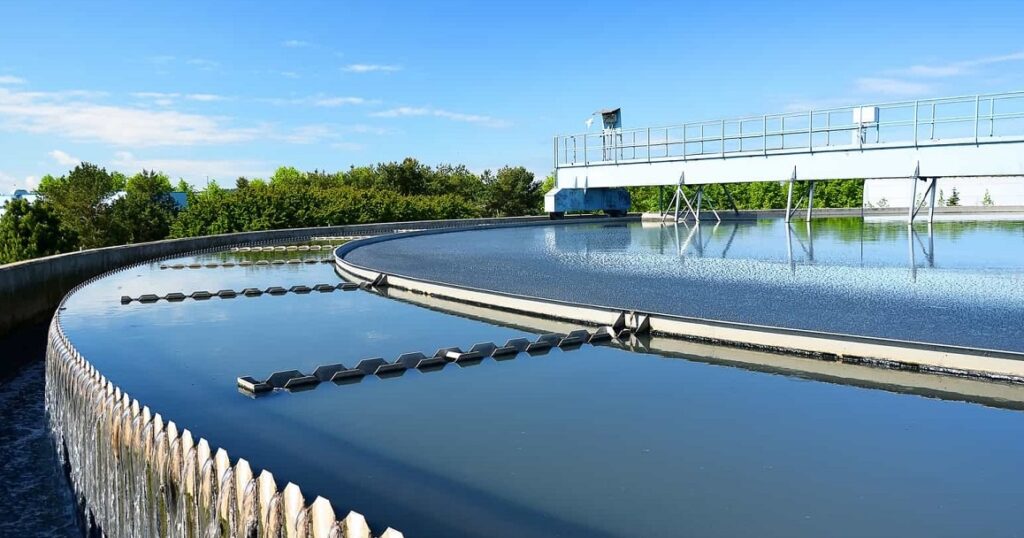Effluent Treatment Plants (ETP) are vital in our ongoing battle against water pollution, particularly in industrial settings where wastewater can pose serious environmental and health risks. As industries grow and urban areas expand, effective wastewater treatment becomes increasingly essential.

What is an Effluent Treatment Plant?
An Effluent Treatment Plant is designed to treat wastewater from industrial processes before it’s released into the environment. The primary goal is to remove harmful substances, solids, and pollutants, ensuring that the treated water meets safety standards for either discharge or reuse.
The Importance of ETP
- Environmental Protection: ETPs help prevent harmful chemicals and waste from entering rivers and lakes, protecting aquatic ecosystems and wildlife.
- Public Health: Properly treated effluent reduces the risk of waterborne diseases, safeguarding the health of communities that rely on these water sources.
- Regulatory Compliance: Many countries enforce strict regulations regarding wastewater discharge. ETPs help industries adhere to these laws, avoiding potential fines and legal issues.
- Resource Recovery: Advanced ETPs can recycle valuable materials from wastewater, such as nutrients for fertilizers or biogas for energy production, promoting a more sustainable use of resources.
How Do ETP Work?
ETPs typically operate through several stages:
- Pre-Treatment: This initial phase involves screening to remove large debris and sedimentation to settle out heavy solids.
- Primary Treatment: Here, physical and chemical processes are used to remove suspended solids and some dissolved pollutants.
- Secondary Treatment: This biological phase utilizes microorganisms to break down organic material, turning harmful substances into harmless byproducts.
- Tertiary Treatment: In this advanced stage, further filtration, disinfection, and nutrient removal are conducted to ensure the water meets stringent quality standards.
- Sludge Management: The solid waste produced during treatment, or sludge, is processed for safe disposal or potential reuse.
Challenges ETP Face
While ETPs are crucial for environmental sustainability, they do encounter challenges:
- High Costs: Building and maintaining ETPs can be expensive, which may deter smaller companies from investing in such facilities.
- Keeping Up with Technology: With the rapid development of treatment technologies, older systems may struggle to remove new types of pollutants effectively.
- Public Awareness: Many people are unaware of how ETPs work or their importance, leading to a lack of community support for wastewater initiatives.
- Complex Waste Composition: The varied nature of industrial waste can complicate treatment processes, requiring flexibility and adaptability in ETP operations.
The Future of ETP
As global awareness of sustainability increases, the role of ETPs is likely to expand. Emerging technologies, such as membrane bioreactors and advanced oxidation processes, promise more efficient treatment methods.
The integration of smart technologies, like IoT and AI, can enhance monitoring and operational efficiency, allowing for real-time adjustments that optimize treatment performance.
Real-World Examples
- Textile Industry: In textile manufacturing hubs, ETPs have successfully reduced the discharge of harmful dyes and chemicals, while also enabling water reuse within the production cycle.
- Food Processing: A food processing company implemented an ETP that uses anaerobic digestion to convert organic waste into biogas, illustrating a win-win for both wastewater treatment and energy generation.
- Pharmaceutical Sector: With strict regulations in place, some pharmaceutical companies have adopted advanced ETPs that utilize cutting-edge membrane technology to remove trace contaminants, ensuring public safety.
Conclusion
Effluent Treatment Plants are crucial for protecting our environment and public health. As we face ongoing challenges related to water scarcity and pollution, investing in and modernizing ETPs will be key to achieving a sustainable future.
By fostering innovation and increasing public awareness, we can maximize the potential of these facilities and take significant strides toward cleaner water and healthier ecosystems.
